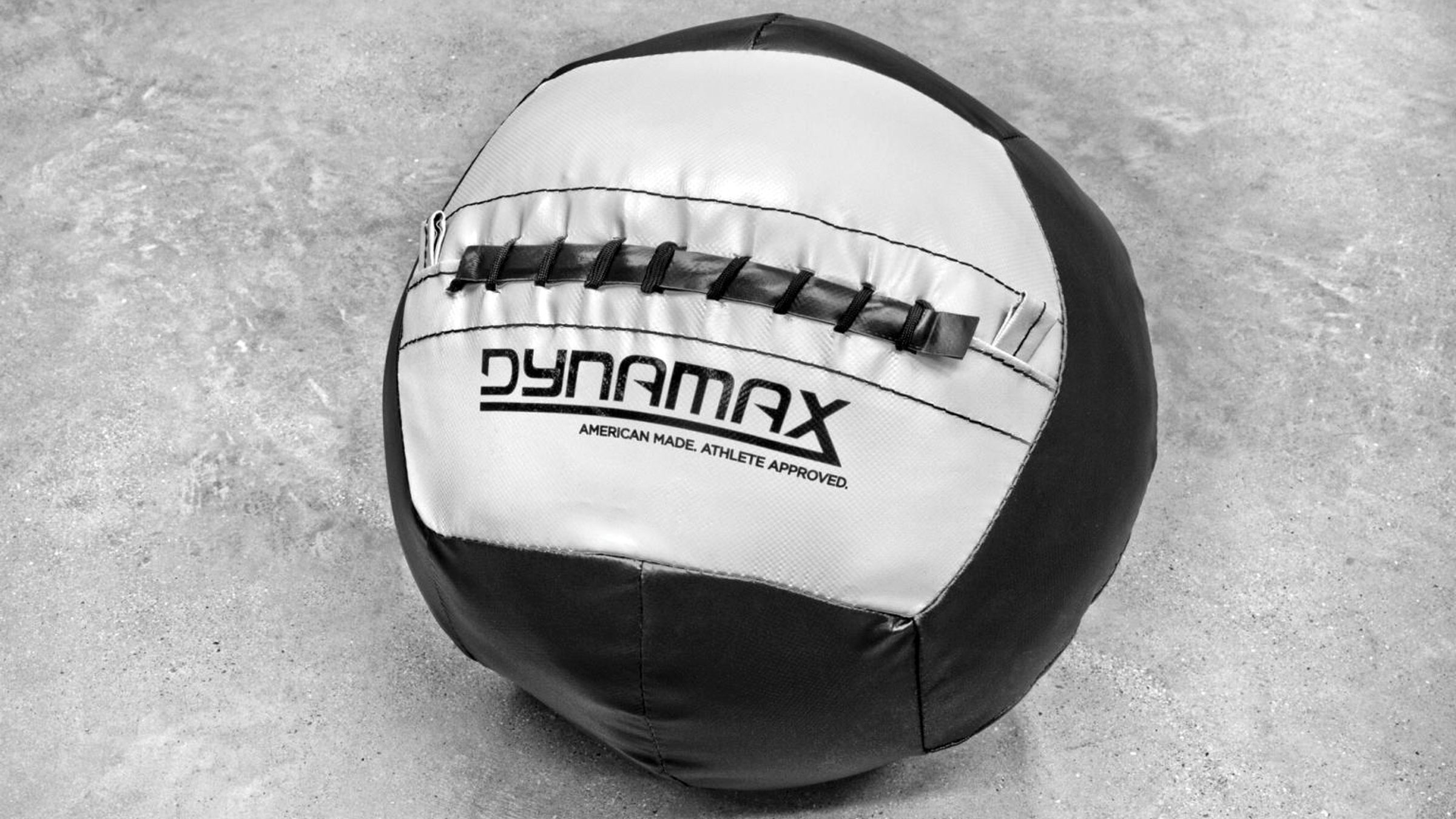How a Dynamax Ball Can Improve Your Mobility

Photo: Shutterstock
If Erika Canales and David Braswell know one thing to be true about runners, it’s that their strides tend to create tight hips, shoulders, and lower backs. Another thing they know: busy runners often skip out on post-run mobility exercises that could help combat that tightness.
Running is a whole-body activity that requires coordination between the upper and lower muscles. If one area is tight, it won’t be able to do its job properly and another muscle will have to pick up the slack. For example, you might be working extra hard to propel forward in a run because your arms and shoulders are tight, or your torso is rotating more than it should because you can’t get the full arm swing you need, says Canales. “Not only does that minimize your efficiency, but this is when injuries start to happen,” she says.
Canales and Braswell, co-owners of Outright Fitness (also co-owned by Ernest Miller) and USATF certified coaches, have developed a post-run cooldown routine with a Dynamax medicine ball that utilizes power movements in a way that contrasts a traditional runner’s movements to improve mobility and prevent injury by lengthening those tight areas. They also activate important muscle groups like the core and hamstrings in ways atypical from a run through kicks, rotations, throws, and extensions.
Unlike the long, steady pace of a run, these medicine ball moves are more dynamic and plyometric. Though they share some elements, each movement is different and going to work the whole body in a different way. “None of these movements would in and of themselves fix a runner’s stride, but because it’s in contrast to how they move, it’s a good balance for them. For runners with tight hips, for example, doing something like the log toss, which helps them open up their hips, is a good contrast and a good balance and that kind of plays into maintenance and injury management,” says Braswell.
Utilizing the weighted Dynamax ball helps a runner create power from their whole body in a controlled way. That whole-body power is needed to propel you forward. By completing these movements on a daily or weekly basis, your bilateral coordination will improve and allow you to move those upper and lower body muscles in a safer and more coordinated way.
Braswell suggests keeping the weight of the ball low, around 4–6 pounds. “More weight is not necessarily better, especially when we’re talking about mobility,” says Braswell. “If the weight is too heavy, it will interfere with the mechanics of the movement and you’re no longer able to achieve the same rhythm with the movement.”